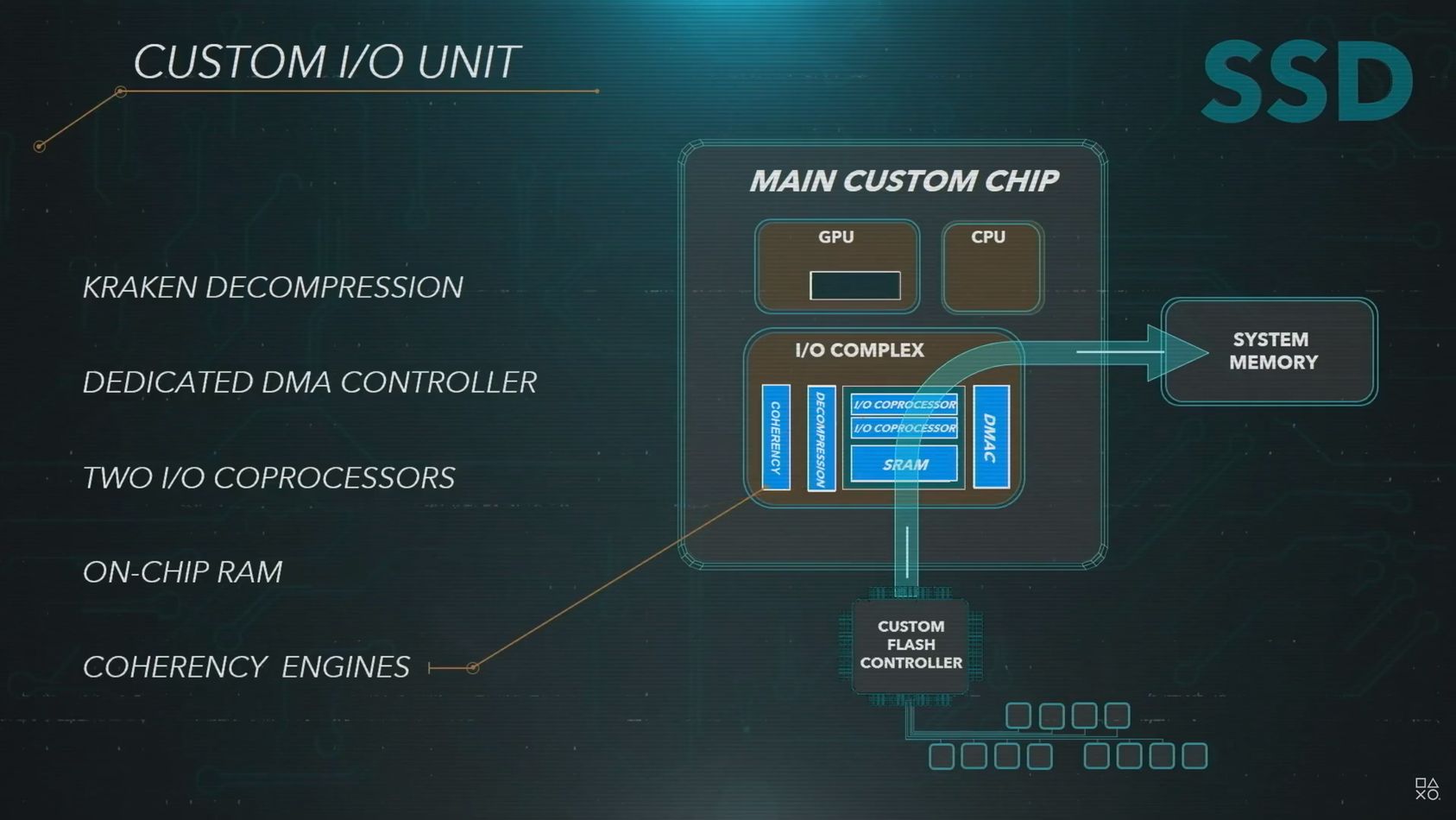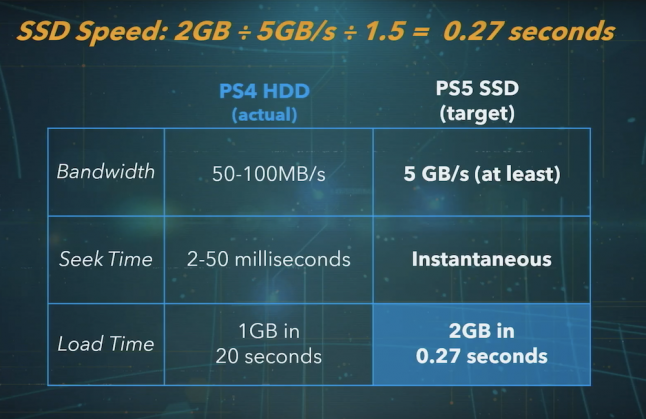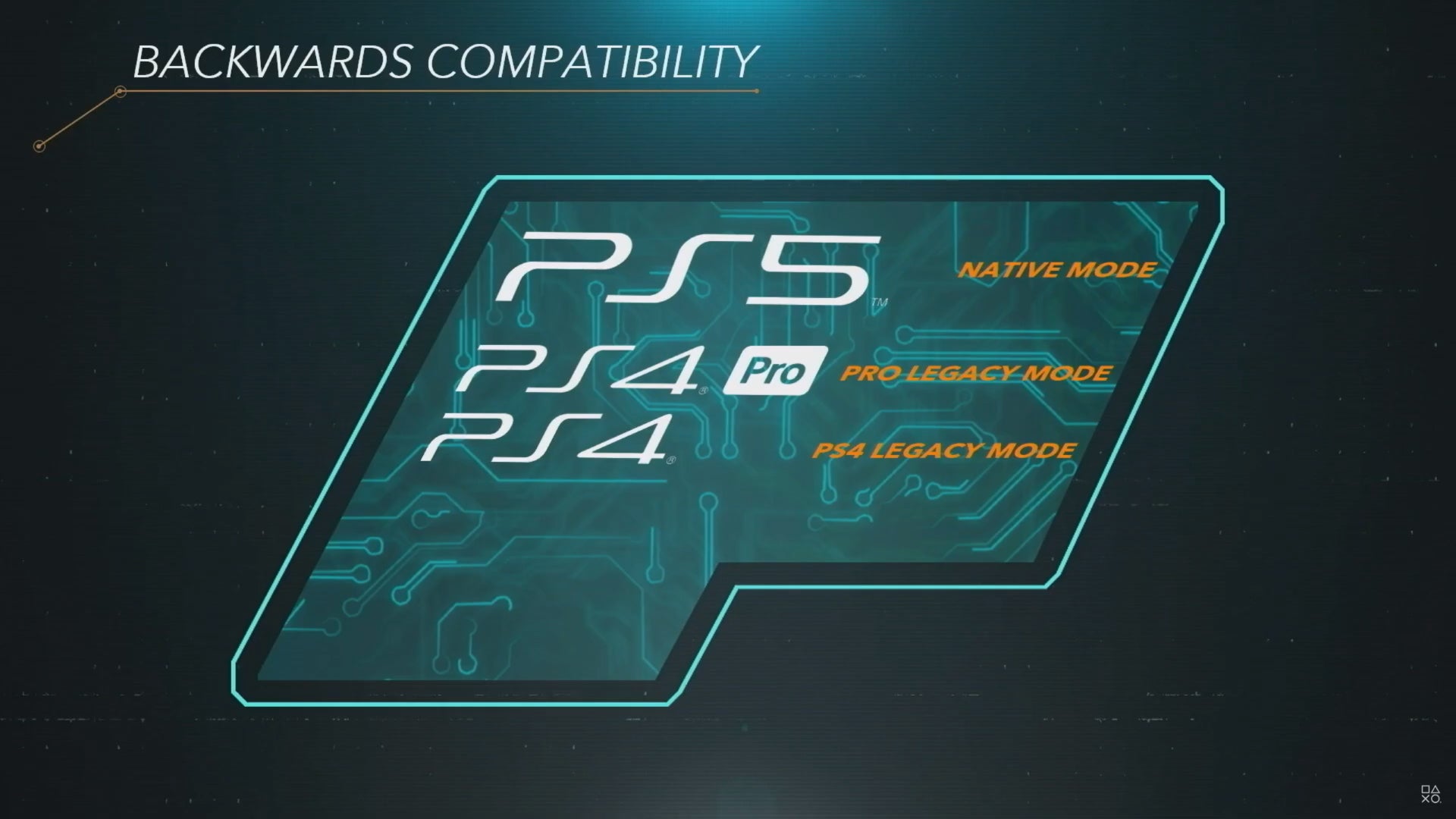Include updates on the SSD, GPU, CPU, and ray tracing for the PS5
Written by Aqil Nasri
After months of silence since announcing the reveal of the PS5 logo, Sony has finally gone public with a special deep-dive presentation that revealed the specs and features that the upcoming console will have.
System architect Mark Cerny managed to deliver a deep-dive presentation on the 18th of March 2020 that majorly focuses on the technical side of things rather than the entertainment side of the company. Now, many viewers who tuned in to watch the presentation might’ve had no idea what Mark was talking about as the many technical jargon spoken during the event might throw off many who were watching. But, the main takeaway from the event was that the specs that were revealed were truly impressive as the world moves on towards the next generation of consoles.
Based on the deep-dive event, these are the main details that were covered:
- Technical specifications of the PS5 and its innovative ‘boost’ approach to core clocks
- The features of the PS5 GPU
- How the SSD helps deliver the next generation dream
- Unprecedented 3D audio fidelity via the Tempest 3D Audio Engine
- How Sony tackles expandable storage

Probably the most exciting about the presentation was on Sony’s vision for next-gen in recapturing the pioneering spirit of their earlier consoles by delivering state-of-the-art, razor-sharp focus on taking the gaming experience to the next level. The idea to allow developers to be comfortable with the current generation of hardware so that they can easily get into shape in understanding the basics of the PS5 and easily access the extra GPU, CPU, as well as storage features.
So, without further ado, the table below compares the latest PS5 specifications with the PS4’s specifications.
| PlayStation 5 | PlayStation 4 | |
| CPU | 8x Zen 2 Cores at 3.5GHz with SMT (variable frequency) | 8x Jaguar Cores at 1.6GHz |
| GPU | 10.28 TFLOPs, 36 CUs at 2.23GHz (variable frequency) | 1.84 TFLOPs, 18 CUs at 800MHz |
| GPU Architecture | Custom RDNA 2 | Custom GCN |
| Memory/Interface | 16GB GDDR6/256-bit | 8GB GDDR5/256-bit |
| Memory Bandwidth | 448GB/s | 176GB/s |
| Internal Storage | Custom 825GB SSD | 500GB HDD |
| IO Throughput | 5.5GB/s (Raw), Typical 8-9GB/s (Compressed) | Approx 50-100MB/s (dependent on data location on HDD) |
| Expandable Storage | NVMe SSD Slot | Replaceable internal HDD |
| External Storage | USB HDD Support | USB HDD Support |
| Optical Drive | 4K UHD Blu-ray Drive | Blu-ray Drive |

So, you’re probably wondering, what exactly do these numbers and letters mean for the upcoming console?
Well, as explained by Rich Leadbetter from Digital Foundry, “a smaller GPU can be a more nimble, more agile GPU, the inference being that PS5’s graphics core should be able to deliver performance higher than you may expect from a TFLOPs number that doesn’t accurately encompass the capabilities of all parts of the GPU.”
Also, the new Custom 825GB SSD will help increase performance tremendously by having performance rated at two orders of magnitude faster than the PS4. For example, 2 GB of data can be loaded in one-quarter of a second, meaning that in theory, the entirety of the PS5’s 16GB can be filled in just two seconds.
Not forgetting the PS5’s backward compatibility in which it’ll be able to play the Top 100 PS4 games once the PS5 launches.

Still, with all the announcements in specs and features, Sony still hasn’t announced an exact release date or price set for the PlayStation 5.
Let’s hope that they’ll announce them soon!


